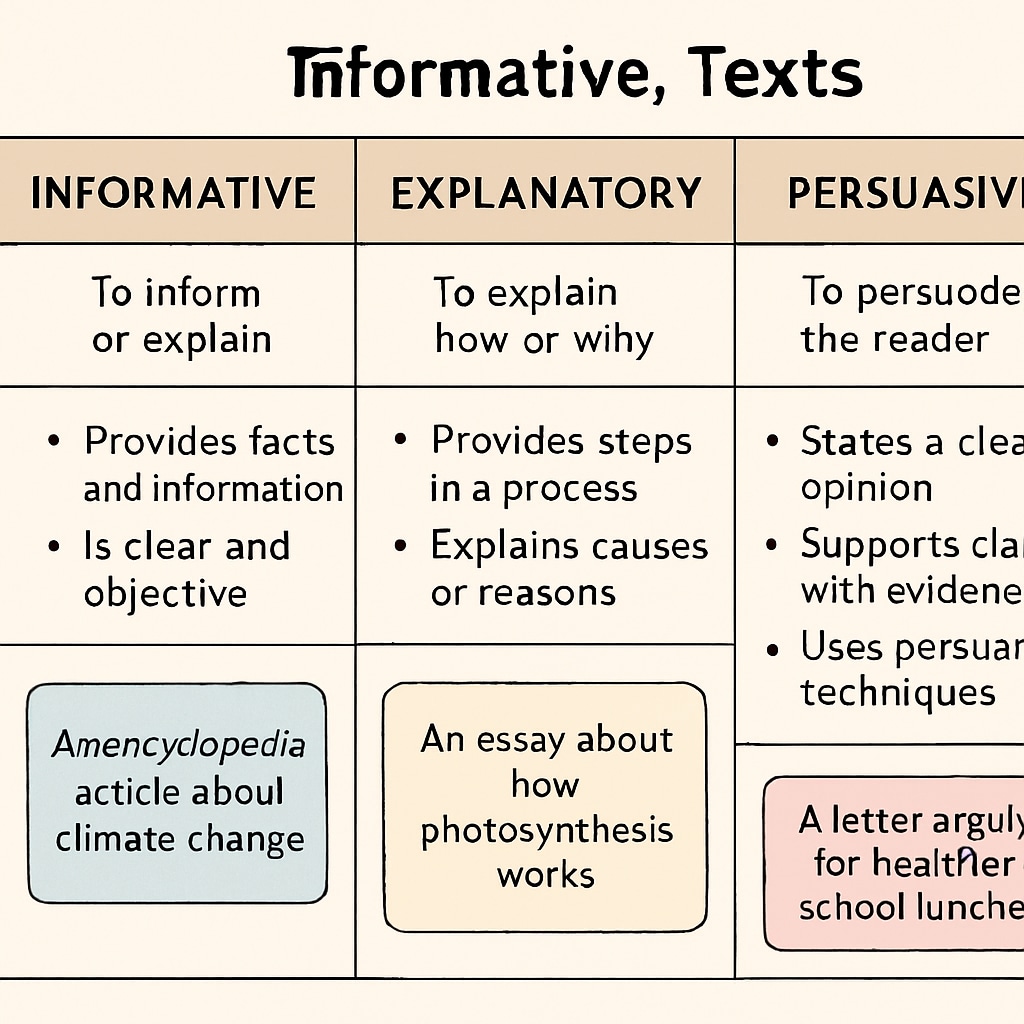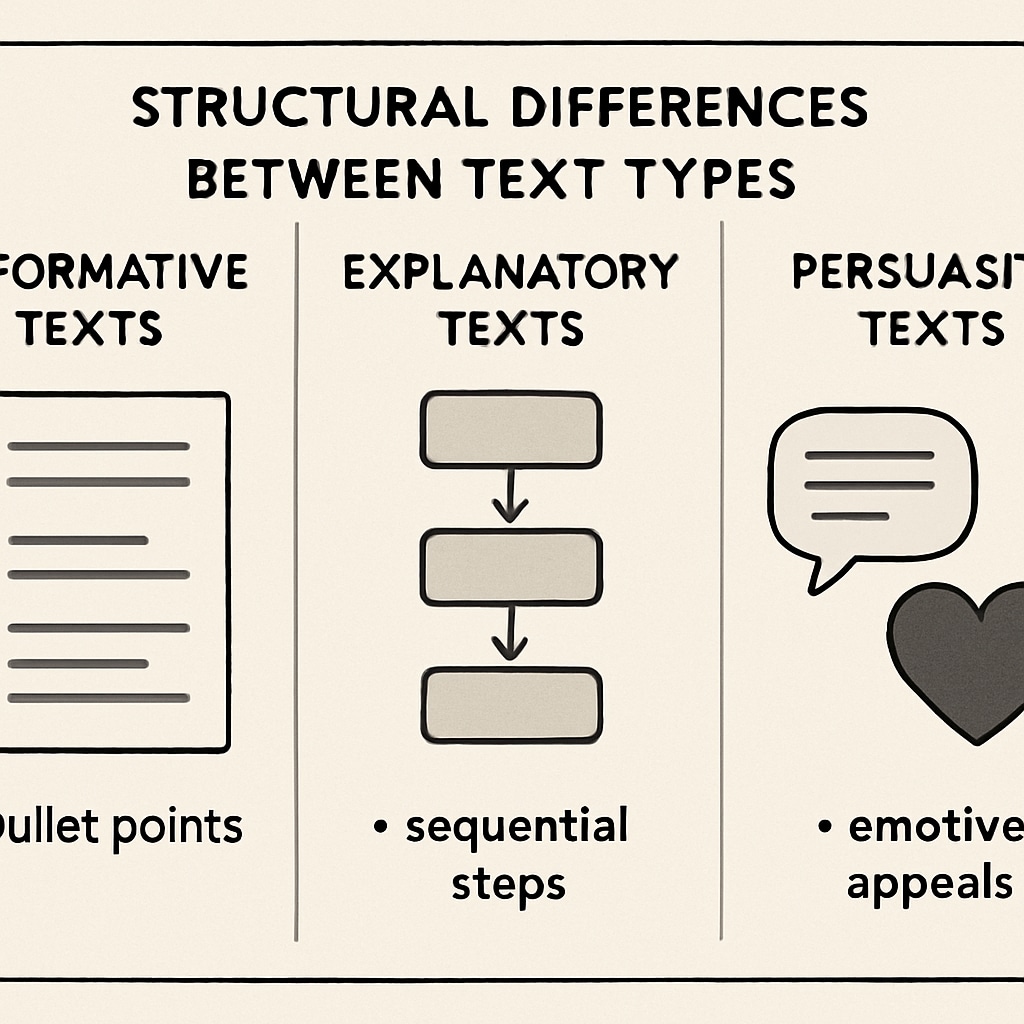Identifying text purposes is a critical skill in Functional Skills English Level 2 reading exams. Whether you’re dealing with informative, explanatory, or persuasive texts, understanding their purpose enables you to answer questions effectively and improve your overall reading comprehension. In this article, we will explore key strategies to decode text purposes, provide practical examples, and help you navigate the exam with confidence.
Understanding the Different Text Purposes
Texts in Functional Skills English exams often serve one of three main purposes: to inform, explain, or persuade. Each type has distinct characteristics that can help you identify its purpose:
- Informative texts: These provide factual information, such as news articles, reports, or instructions. They focus on delivering clear and accurate details without expressing opinions.
- Explanatory texts: These aim to clarify or provide reasons behind a concept or process. Examples include how-to guides or scientific explanations.
- Persuasive texts: These attempt to influence the reader’s opinion or behavior. Advertisements, opinion pieces, or campaign materials often fall into this category.
Recognizing these differences is the first step toward mastering text purpose identification.

Key Indicators for Text Purpose
To identify the purpose of a text, pay attention to specific indicators in the language, tone, and structure:
- Language: Informative texts use neutral and objective language, while persuasive texts are more emotive and include calls to action. Explanatory texts often use logical connectors like “because,” “therefore,” or “as a result.”
- Tone: Informative texts maintain a formal and impartial tone. Persuasive texts may use an enthusiastic or urgent tone, and explanatory texts are generally methodical and clear.
- Structure: Persuasive texts often include rhetorical questions, statistics, or testimonials. Informative texts are straightforward, using headings and bullet points. Explanatory texts may include steps or diagrams to illustrate processes.
For example, a leaflet promoting a charity may use emotional appeals and persuasive language, while a manual explaining how to assemble furniture will follow a step-by-step explanatory approach.

Practical Strategies for Exam Success
When tackling a Functional Skills English reading exam, use the following strategies to identify text purposes:
- Read the entire text: Skimming may not reveal the full context or intent. Take time to understand the tone and key points.
- Look for key phrases: Persuasive texts often include phrases like “you should,” “don’t miss out,” or “act now.” Informative texts focus on facts with phrases like “according to” or “data shows.”
- Analyze the audience: Consider who the text is targeting. A business report is likely informative, while an advertisement targets persuasion.
- Identify the format: Texts with bullet points and headings are often informative, whereas explanatory texts might include diagrams or flowcharts.
By systematically applying these strategies, you can enhance your ability to discern text purposes accurately.
Applying Knowledge with Practice
Practice is essential for mastering text purpose identification. Try analyzing various texts from newspapers, websites, or advertisements. Ask yourself:
- What is the main goal of this text?
- Does the text provide facts, explain a process, or aim to persuade?
- What tone, language, and structure support this purpose?
Over time, this practice will sharpen your ability to recognize patterns and determine text purposes quickly during exams.
In conclusion: Identifying text purposes is a vital skill for Functional Skills English exams. By understanding the characteristics of informative, explanatory, and persuasive texts, analyzing indicators, and practicing regularly, you can boost your reading comprehension and exam performance. Good luck!


